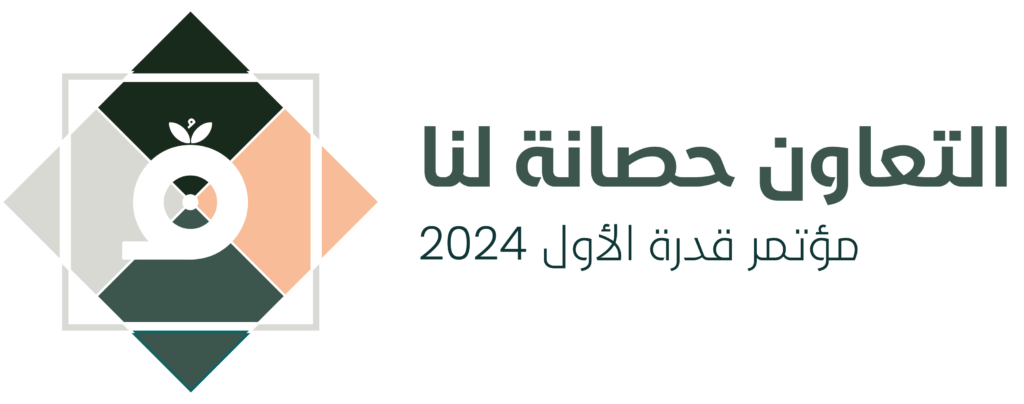Have you ever thought about how communities remain strong and resilient in the face of increasing disasters and crises? In a fast-paced world filled with economic, health, and environmental challenges, communities face escalating crises that require resilience and strength to overcome. Here, giving plays an essential role in building “community resilience”—a term that describes a community’s ability to adapt to crises and effectively overcome their impacts, empowering individuals and groups to deal with changing and urgent challenges. Various forms of giving, whether financial, volunteer, intellectual, or material, contribute to enhancing this resilience by supporting the social, economic, and humanitarian structures of communities. In this blog, we will explore how giving helps build a society more capable of facing challenges and overcoming hardships.

The Concept of Community Resilience
Community resilience refers to a community’s ability to adapt to crises and face hardships while maintaining its stability and unity. This resilience means that a community does not solely rely on government or international institutions but rather has the ability to rally and support itself internally to confront challenges. Social and economic factors, such as community solidarity and equal opportunities, play a fundamental role in strengthening and building this resilience.
Giving as a Foundation for Building Community Resilience
Giving in all its forms serves as a cornerstone for building resilient communities. Giving extends beyond financial support to include intellectual, volunteer, and material contributions, enhancing communities’ capacity to face crises with flexibility and inclusiveness. Qudra activates the role of giving in innovative ways through educational programs and community initiatives designed to foster solidarity and benefit from local knowledge. These programs go beyond immediate solutions, helping to build community capacity sustainably, thus preparing them to face future challenges confidently and steadfastly.
Financial Giving
Financial giving is one of the most common and impactful forms of giving in a community. Through financial donations, communities can fund development projects that strengthen stability and increase crisis resilience. These projects include building schools, supporting economic empowerment programs for families, improving community infrastructure, supporting environmental programs, and funding health initiatives, which contribute to enhancing quality of life and reducing economic disparities
Volunteer Giving
Volunteering is a key pillar in strengthening community resilience. When individuals contribute their time and effort to serve their community, they not only strengthen social bonds but also help build an infrastructure based on solidarity and mutual support. During crises like natural disasters or health emergencies, volunteer work enhances a community’s ability to recover quickly and adapt to challenges.
Intellectual Giving
Sharing knowledge and expertise is one of the most valuable forms of giving. When individuals and institutions share their knowledge and experiences, the community becomes better equipped to adapt to new circumstances, whether due to technological shifts, environmental changes, or health crises. Knowledge transfer strengthens local capacities and enhances a community’s potential for innovation in overcoming challenges.
Material Giving
Material giving, such as donating food, clothing, or medical supplies, is one of the fastest ways to meet community needs during crises, providing immediate and direct support to needy families and enhancing community stability. This is especially crucial in times of high demand for material support, such as natural disasters (hurricanes, earthquakes), conflicts that lead to population displacement and income loss, and harsh winters that require food and clothing for the most vulnerable.
